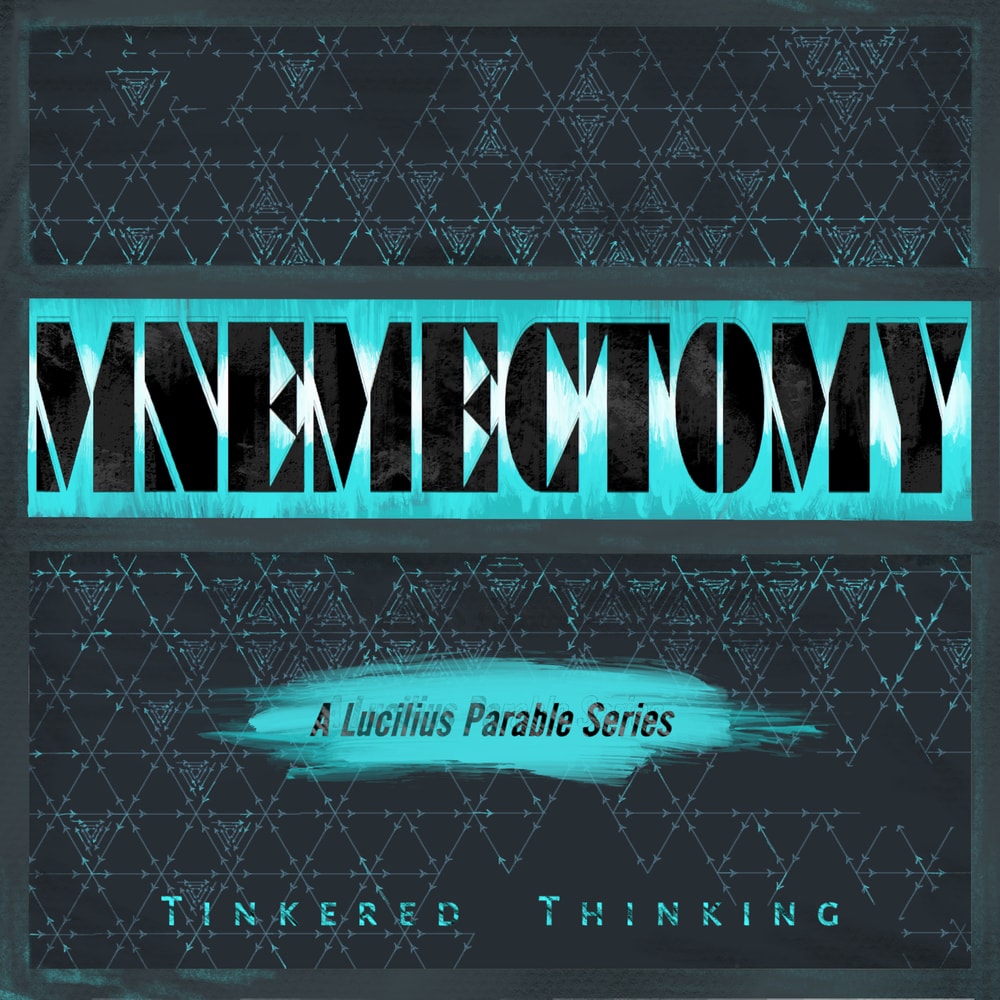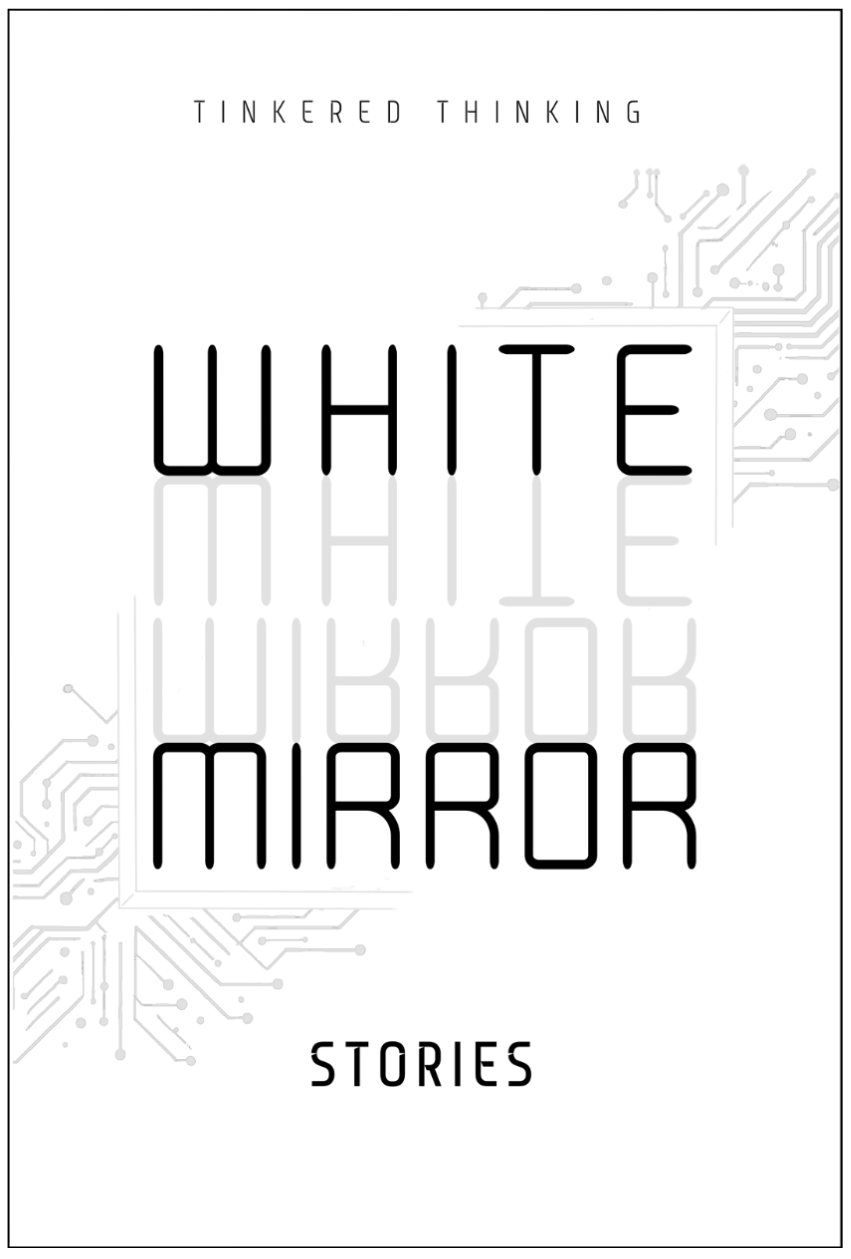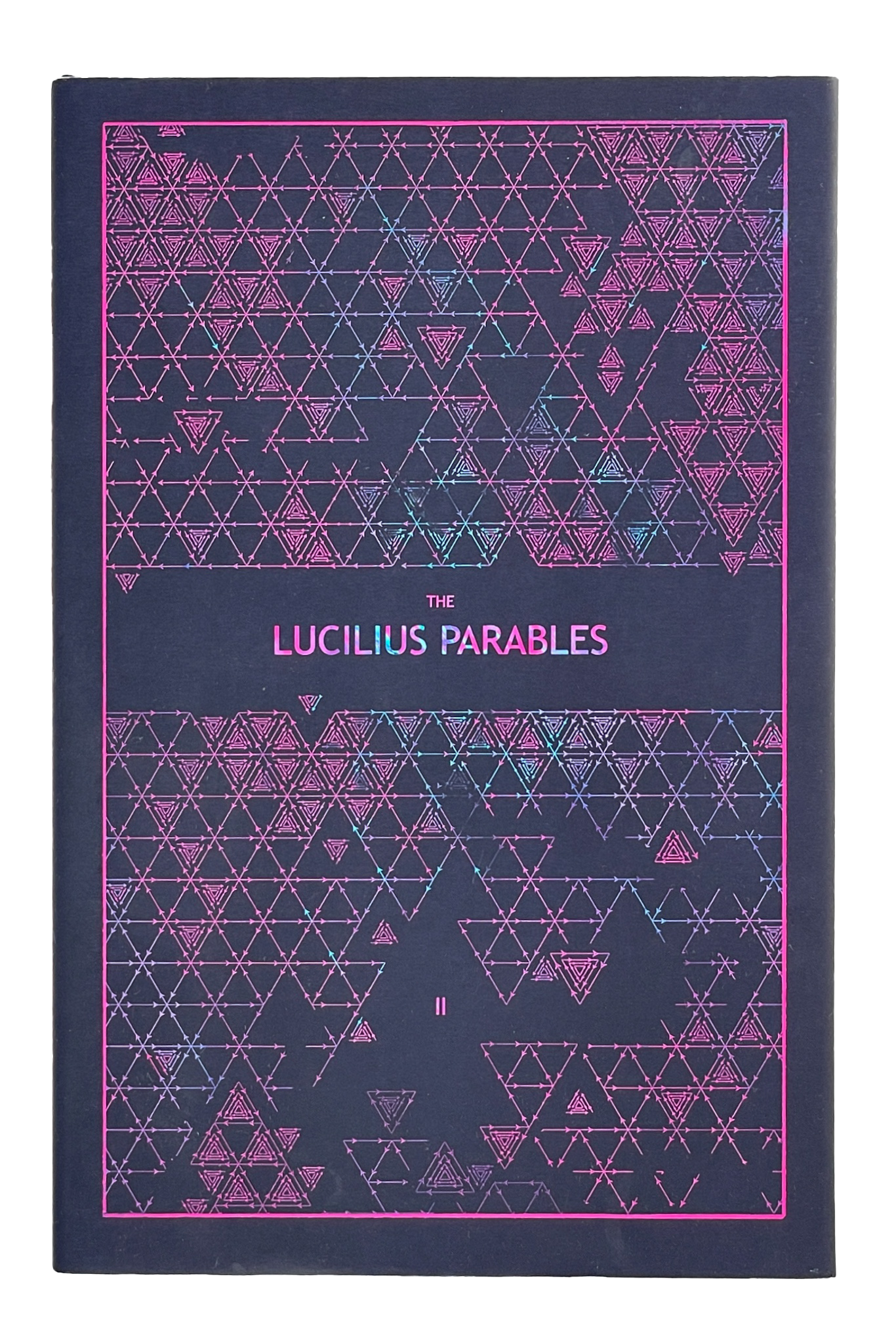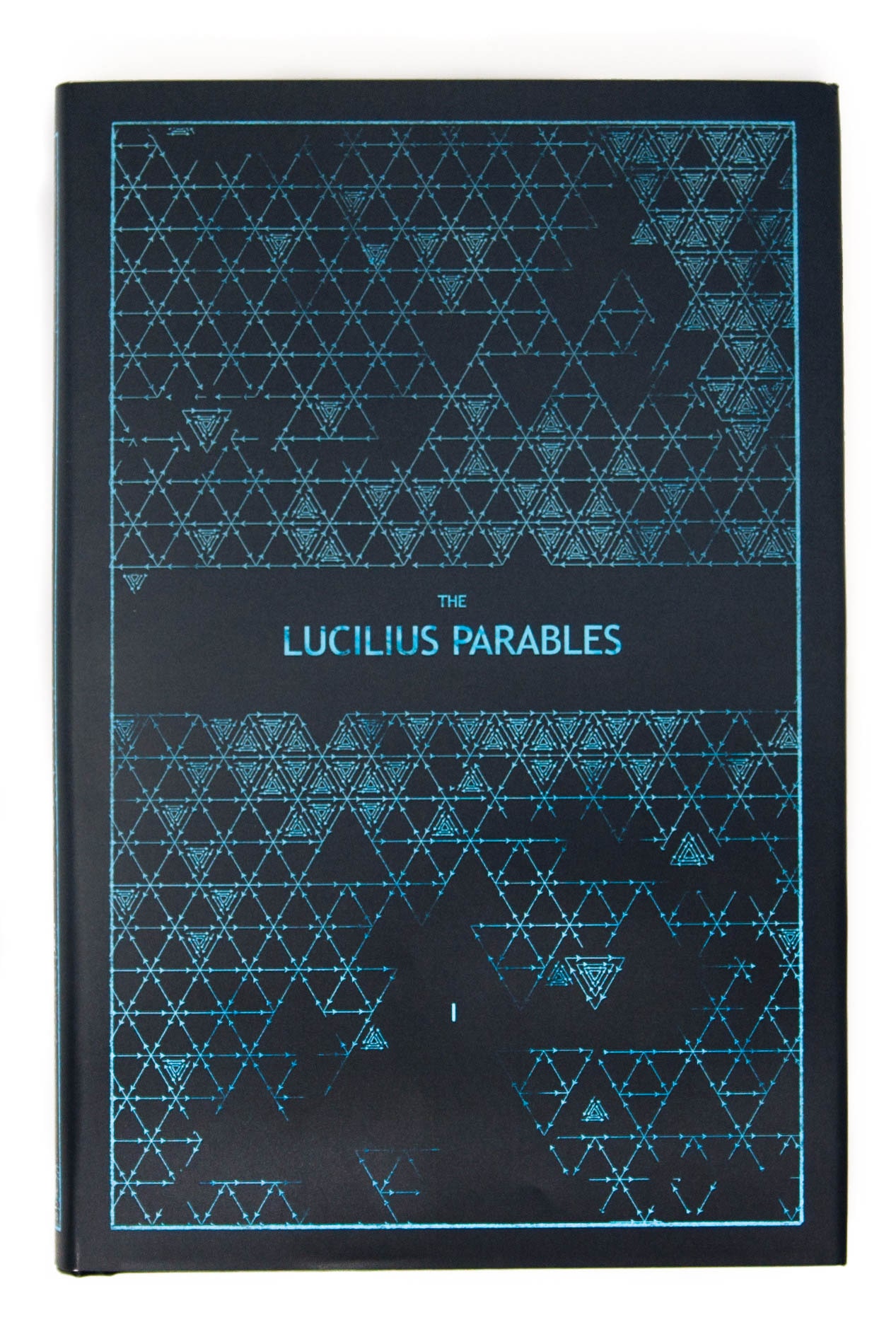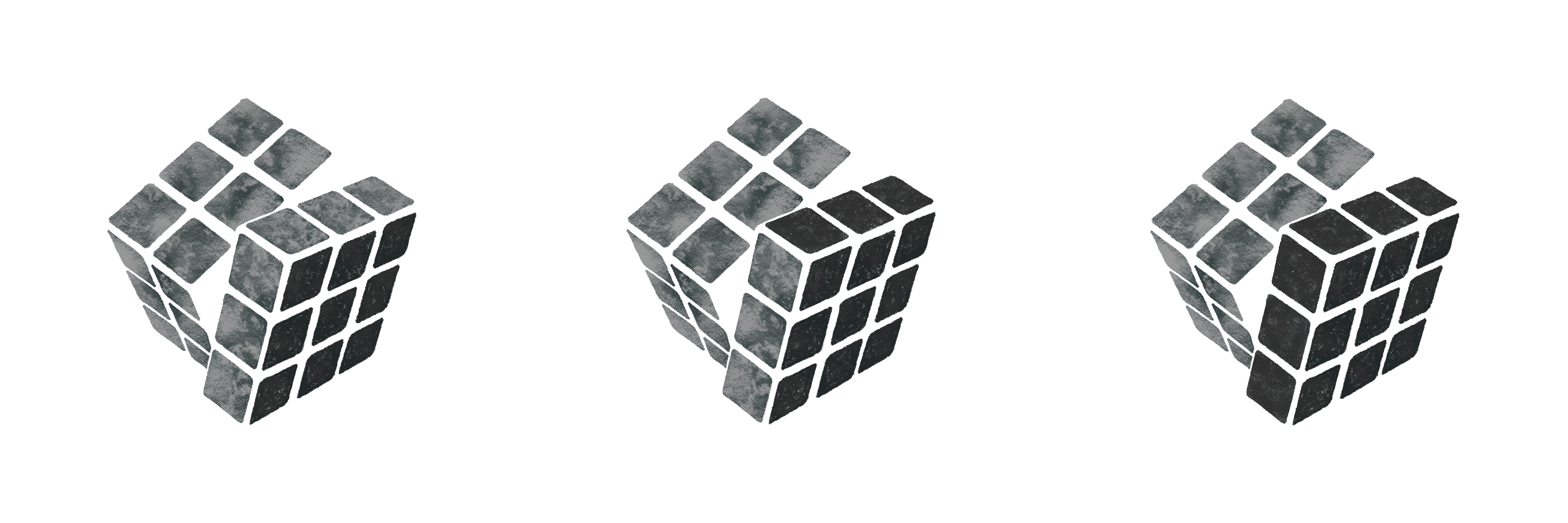Daily, snackable writings to spur changes in thinking.
Building a blueprint for a better brain by tinkering with the code.
subscribe
rss Feeds
SPIN CHESS
A Chess app from Tinkered Thinking featuring a variant of chess that bridges all skill levels!
REPAUSE
A meditation app is forthcoming. Stay Tuned.
DESIGN & THEORY
November 13th, 2020
A great idea for how something should look isn’t nearly the same thing as a great idea for why it should have such aesthetics. Often design problems are tackled in the reverse. A reason for why the design should be a certain way comes before the implementation, and often the final product is a bit, unexpected. Rarely is there a perfect symmetry between the confidence behind why aesthetics should be a certain way and the confidence inspired by the final look.
In some areas it doesn’t matter. A combustion engine is often a complex and awkward knot of design. The reason behind such aesthetics is purely practical - that is, it’s purely in service of the question: why should it look like this? The answer is simple: this needs to be next to that, this need to be tilted at that angle, a hose needs to connect those two distant things, etc. The question of making such practicality look good is rarely considered and if so, it’s always a secondary consideration.
User Interface in the digital world, or UI as it’s commonly referred to offers a rare circumstance where the two worlds converge with equal importance. Building a purely practical interface can result in a screen bordered with dozens if not hundreds of buttons. Ironically, this isn’t practical to use at all, because without prior knowledge about what all those buttons do, it’s practically impossible to use - the barrier to entry is quite high. The best user interfaces combine an intuition about what the user will need in what order and present those tools at just the right time, with just the right representation in just the right spot.
This can be quite difficult because it’s a perfect fusion between aesthetics and practicality. It’s the equivalent of a world where cars could not hide their engines under smooth glossy metal skin, but if the engine was the car, and was judged as much for it’s raw appearance as it was for it’s performance. Indeed, in the world of UI, performance is a function of raw appearance.
The designer’s theory has to be one strictly of practice and reaction. Meaning that, starting with a theory, especially a very specific philosophy about why something should look a certain way can lead to utility that falls flat in the hands of a user. Theory is perhaps best to be devolved back to something like a ‘vibe’, something vague, more like a style such as ‘minimalist’ as opposed to a rigid practicality of absolute functionality as we often see with programs like photoshop and cad programs that are carbuncular monsters of countless buttons, layers, optional views and needless customization.
Functionality and utility are design considerations that can expand near infinitely in the digital world. A button can be built to do each and every little thing. Aesthetics as separate from functionality become an important limiter on what sort of functionality is necessary. An artistic eye, like that of a stone sculptor becomes one that is more concerned with everything that needs to be removed in order to get it just right. The theory here becomes one of balance and practice: add the function, and see it looks good, looks right - in other words, let sexiness guide what stays and what has to go.
-compressed.jpg)
